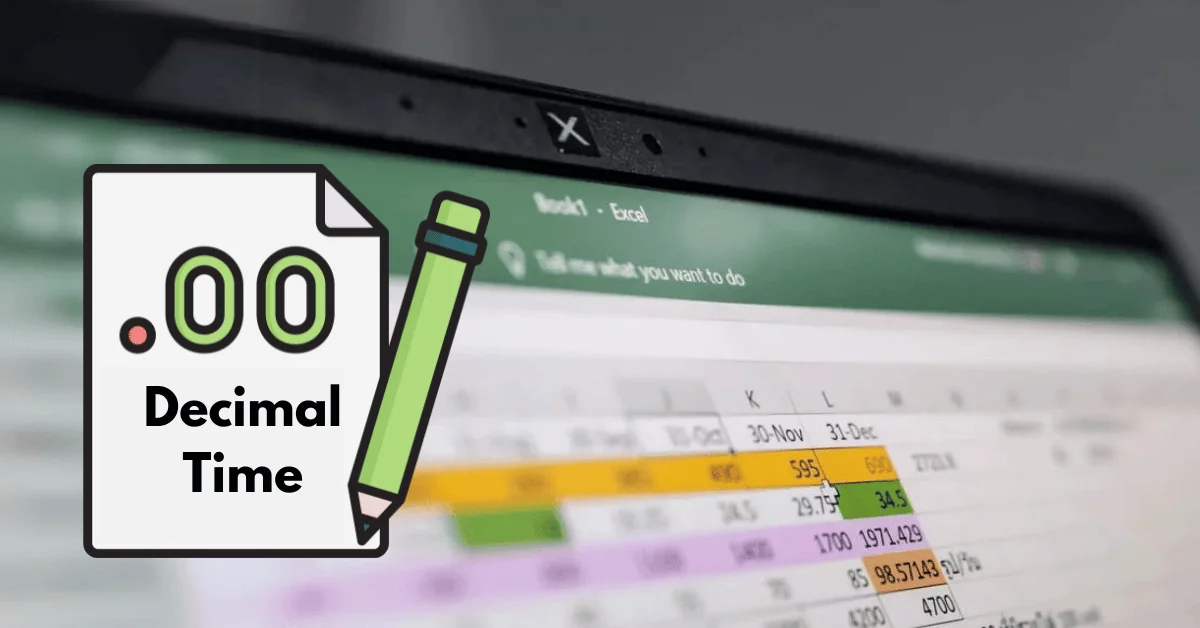
Overcoming Hesitations with Mobile Time Tracking Apps
In today’s digital age, mobile time tracking apps offer a streamlined solution to track hours, manage projects, and enhance productivity. However, for some employees, the idea of adopting these apps can evoke feelings of resistance, frustration, and hesitation.
In this post, we explore the underlying reasons why employees may resist mobile time tracking apps and present strategies to help overcome these hesitations.
By understanding these concerns and implementing practical methods to address them, organizations can foster a culture of trust, encourage productivity, and unlock the full potential of time tracking apps.
Understanding the Reasons Behind Resistance
Just like general technophobia, hesitation towards mobile time tracking apps stems from various causes. Let’s explore some of the key reasons behind employee reluctance:
Privacy Concerns
A significant source of resistance is privacy. Employees might worry that their every move is being monitored or that their personal data could be misused. This fear can lead to a reluctance to use time tracking apps, as employees may feel their autonomy and personal space are being infringed upon.
Fear of Micromanagement
Another common reason for resistance is the fear of micromanagement. Some employees might perceive time tracking apps as a tool that allows employers to watch them too closely, tracking their every minute and reducing their sense of control over their work. This belief can create a negative association with the app, leading to avoidance.
Fear of Complexity
The complexity of technology can be daunting for some. For employees who aren’t particularly tech-savvy, the thought of navigating a new app can be overwhelming. This fear of not being able to understand or effectively use the app can further reinforce their hesitation to adopt it.
Negative Past Experience
Employees who have had negative experiences with technology—perhaps with glitchy software or complicated systems—might be especially resistant to new time tracking tools. These previous frustrations can lead to a fear of encountering similar issues, creating a strong aversion to embracing new apps.
Fear of Being Caught
Watch for sweat reach the eyebrows of the employees who have been time clock rounding the last decade- easily adding hundreds on each paycheck. Companies that have employees who are honest with their current time tracking shouldn’t have a change in their payroll.
By acknowledging these concerns, employers can better understand the root of the hesitation and address them more effectively.
Recognizing the Signs of Hesitation
To tackle resistance, it’s important to first recognize the signs of hesitation towards mobile time tracking apps. Here are some indicators to look out for:
Avoidance of the App
One of the most telling signs of hesitation is simply not using the app. Employees might delay or completely avoid installing or interacting with the time tracking software, preferring manual methods instead.
Complaints or Anxiety About Tracking
Another sign is when employees express frustration or anxiety about using the app. They might voice concerns about feeling watched or indicate they’re unsure how to use the tool properly, which could indicate deeper hesitations.
Reluctance to Engage with New Features
Even if employees are using the app, they may resist learning new features or functionalities, sticking to the bare minimum. This reluctance can be a sign of discomfort with the technology.
Identifying these signs can help managers provide the right support to help employees embrace the app more comfortably.
The Impact of Hesitation on Team Productivity
When employees resist using mobile time tracking apps, the impacts can extend beyond personal discomfort, affecting the team and organization as a whole. Here’s how:
Inaccurate Time Tracking
When employees avoid using time tracking apps, it can result in inaccurate or incomplete time records. This can lead to issues with project management, payroll inaccuracies, and difficulties in measuring productivity.
Missed Opportunities for Efficiency
Time tracking apps often come with features designed to boost efficiency, such as automatic timers, reporting, and integration with project management tools. When employees resist using these tools, they miss out on opportunities to streamline their work.
Tension Between Teams
Inconsistent usage of time tracking tools can create disparities in how work is recorded and billed, leading to tension between employees or teams, particularly in collaborative projects.
Understanding these impacts can underscore the importance of addressing hesitation early on.
Strategies to Overcome Hesitation with Mobile Time Tracking Apps
To help employees overcome their hesitation toward mobile time tracking apps, organizations can implement a variety of strategies:
1. Transparent Communication
Address privacy concerns upfront by being transparent about how the app works and what data is collected. Ensure employees understand that the app is a tool for productivity rather than surveillance. Clear policies on data privacy and usage should be communicated openly.
2. Emphasize the Benefits
Help employees see the value of time tracking apps by highlighting the benefits: increased productivity, better project management, and improved work-life balance. Show how the app can reduce stress by making time tracking simpler, not more complicated.
3. Offer Training and Support
For employees who are uncomfortable with new technology, offer hands-on training sessions. Provide easy-to-follow guides and ensure there is ongoing support to help employees navigate any challenges they encounter. A focus on user-friendliness can make the adoption process smoother.
4. Create a Gradual Implementation Plan
Introduce the app in phases rather than all at once. Allow employees to experiment with the app in a low-pressure environment before fully integrating it into their daily routines. Gradual exposure can help reduce anxiety and increase familiarity.
5. Encourage a Positive Mindset
Foster a culture where learning new tools is seen as a positive, growth-oriented experience. Encourage employees to view the app as a way to enhance their work rather than as a burden. Celebrate small victories and encourage patience as employees adjust to the new system.
By implementing these strategies, organizations can help employees overcome their hesitation and build confidence in using mobile time tracking apps.
Conclusion
Overcoming hesitation with mobile time tracking apps requires a combination of understanding, support, and clear communication. By addressing employee concerns, offering training, and emphasizing the benefits of the tool, organizations can empower their teams to embrace technology. When done effectively, employees will not only become comfortable with time tracking but will also enjoy the increased efficiency and productivity that comes with it.













